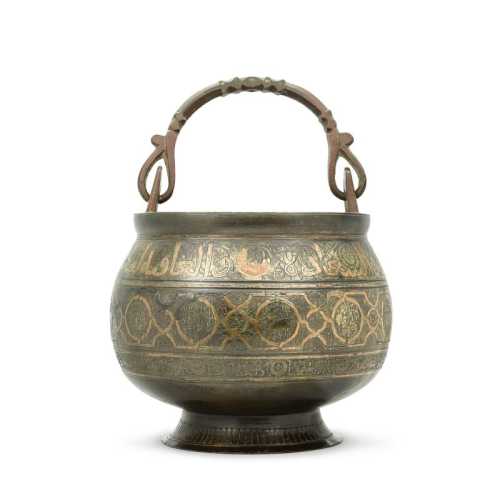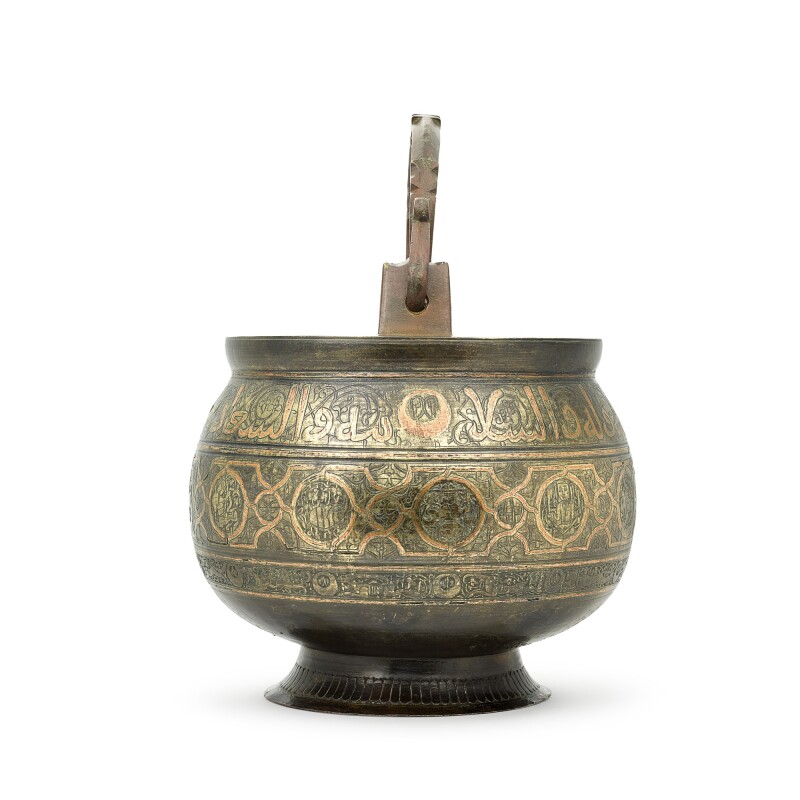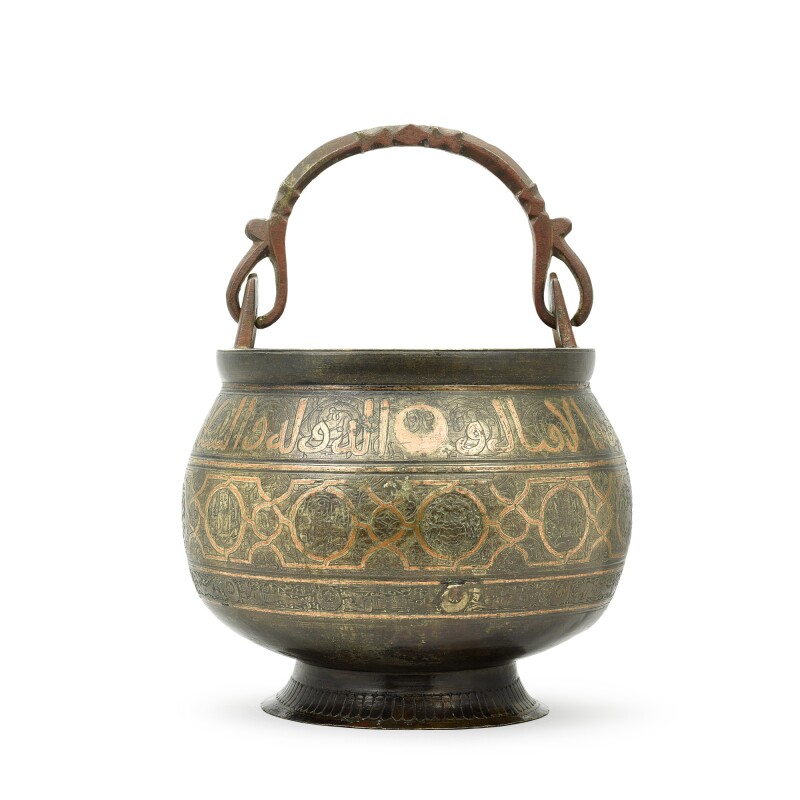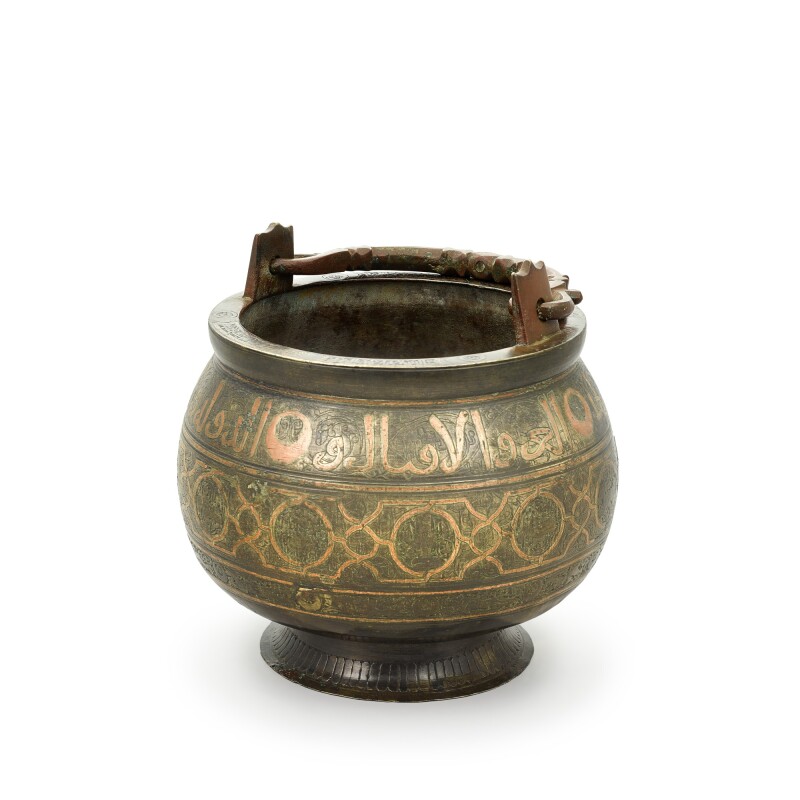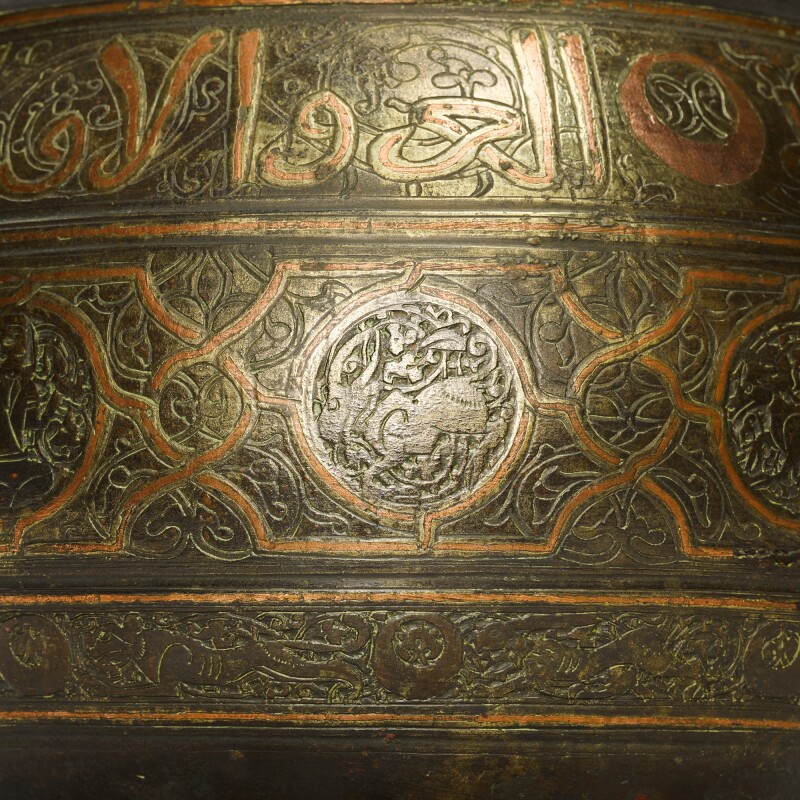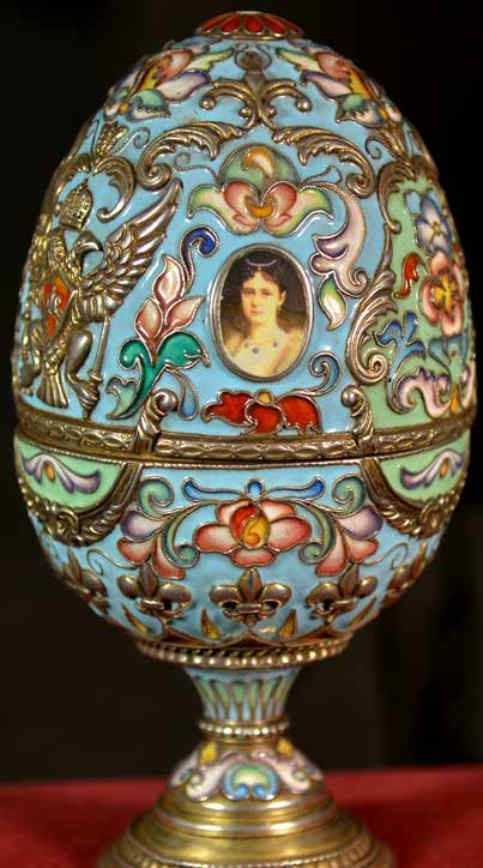- A Khurasan copper-inlaid cast bronze bucket with the zodiac signs, Persia, 13th century
- Handicrafts and classics, Metal
- 19.5 cm
- of bulbous spherical form with flat rim, on a splayed foot, the body with successive registers of decoration: the lowermost band depicting running animals, large central frieze with twelve spherical cartouches containing the zodiac signs against a floral background, identifiable from right to left as Aquarius, Pisces, Aries, Taurus, Gemini (as a crossed-leg figure), Cancer, lion, Virgo (as a seated figure holding two sticks), Libra, Scorpio, Sagittarius and Capricorn, the uppermost band with the inscription interspersed by crescent motifs, four cartouches with band of Kufic on the flat rim, surmounted by a stylised cast handle17.5cm. diam; 19.5cm. height
Estimation
£20,000
26,178 USD
-
£30,000
39,267 USD
Unsold
Artwork Description
Around the shoulder in a cursive hand:
al-‘izz wa al-iqbal wa / al-dawlah wa al-sala/mah wa al-sa’adah / wa al-‘afiyah li-sahibih
‘Glory and prosperity and wealth and well-being and happiness and health to its owner’
Around the rim, in Kufic:
bi’l-yumn wa al-barakah / wa al-sa’adah wa / al-salamah wa al-daw/lah wa al-kiramah
‘With good-fortune and blessing and happiness and well-being and wealth and honour’
This vessel, attributed to the region of Khurasan, is characteristic of a large group of twelth-century buckets which were derived from the Etruscan situla (Roman for 'bucket'). Whilst the Etruscan original was a simple straight-sided, flat bottomed vessel, its Islamic counterpart became imbued with a more ornate Persian composition, developing a rounded body, flaring foot and decorative friezes. Usually decorated with successive bands of alternating inscriptions and figural scenes, these pieces are engraved with silver and copper. The so-called Bobrinsky bucket, now in The State Hermitage Museum in St Petersburg, is probably the best-known example (alongside the later Fould bucket, also in the same museum). It bears the date 599 AH/1163 AD and was made in Herat (published in Ward 1993, no.54). A very similar piece, with also three engraved registers including a central one with the zodiacal signs has been attributed to the twelfth century, now in the British Museum, London, inv. no.1958,1013.1. A bucket from the same group, also with medallions containing the signs of the zodiac was sold at Bonhams London, 6 October 2008, lot 174. Another example, with zodiac signs and copper inlay, was offered at Christie’s London, 25 October 2018, lot 35. The lower band with running animals is very close to a band on a tray attributed to the thirteenth century, now in the Victoria & Albert Museum, London, inv. no.M.31-1954; published in Melikian-Chirvani 1982, p.97, no.27.
More lots by Unknown Artist
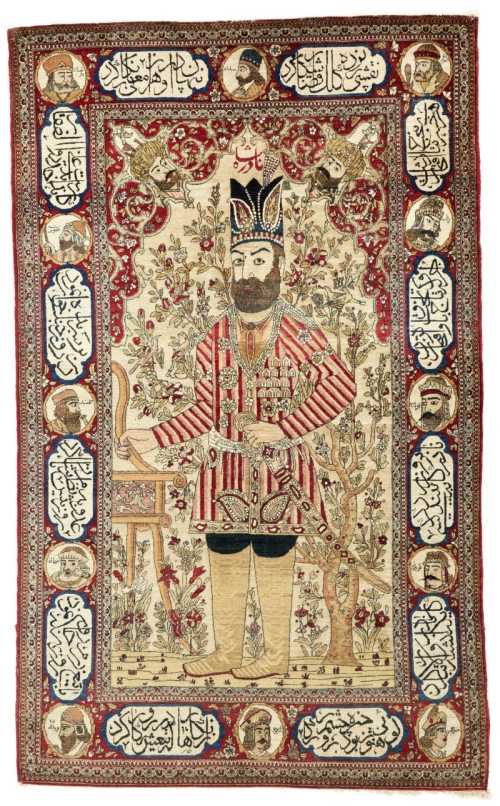
An Isfahan pictorial rug, Central Persia, circa 1910
Estimation
£4,000
5,236 USD
-
£6,000
7,853 USD
Realized Price
£5,670
7,421 USD
13.4%
Sale Date
Sotheby's
-
30 March 2022

A gold medal commemorating the coronation of Muhammad Reza Shah and Queen Farah
Estimation
£100
132 USD
-
£200
263 USD
Realized Price
£160
211 USD
6.667%
Sell at
Sale Date
Rosebery's Auction
-
1 April 2022
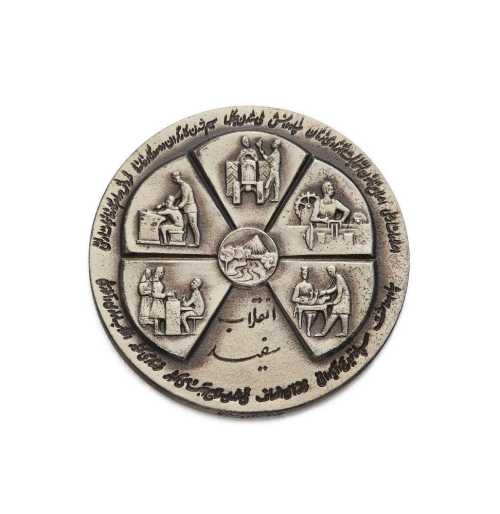
A silver memorial medal of the White Revolution, Muhammad Reza Shah, 1967
Estimation
£200
263 USD
-
£300
395 USD
Realized Price
£170
224 USD
32%
Sell at
Sale Date
Rosebery's Auction
-
1 April 2022
Realized Price
67,245 USD
Min Estimate
35,481 USD
Max Estimate
53,247 USD
Average Artwork Worth
+83.63%
Average Growth of Artwork Worth
Sales Performance Against Estimates
Average & Median Sold Lot Value
2021 - 2025
Performance vs. Estimate
2021 - 2025
Sell-through Rate
2021 - 2025
Similar Artworks
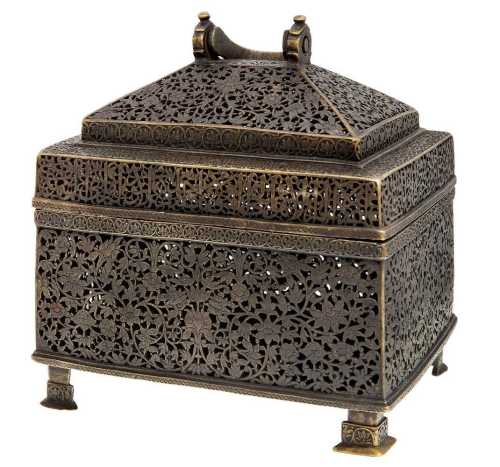
A Qajar openwork brass casket, Iran, dated 1271AH/1854AD
Estimation
£1,000
1,316 USD
-
£1,500
1,974 USD
Realized Price
£850
1,119 USD
32%
Sell at
Sale Date
Rosebery's Auction
-
1 April 2022
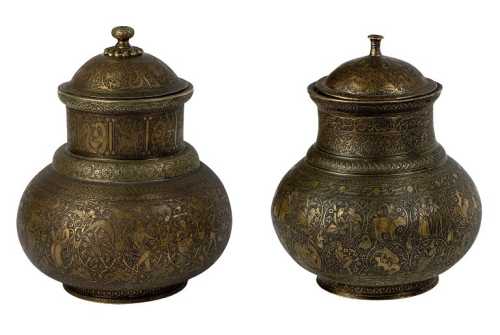
Engraving on Metal Containers
Estimation
20,000,000,000﷼
23,529 USD
-
30,000,000,000﷼
35,294 USD
Realized Price
23,100,000,000﷼
27,176 USD
7.6%
Sale Date
Tehran
-
14 February 2025
